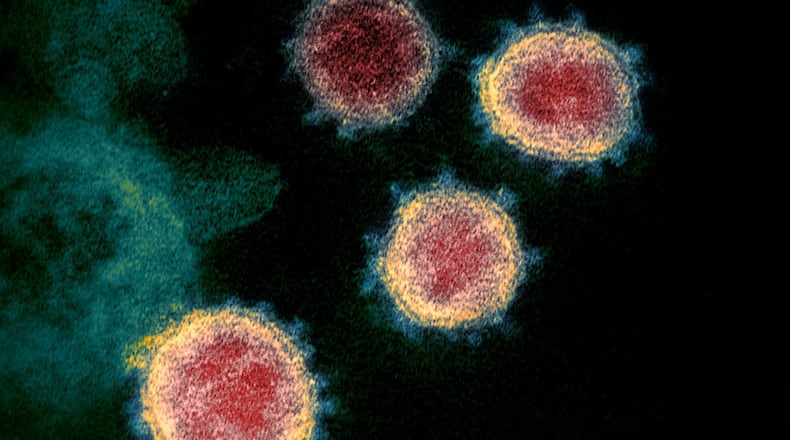Hillspring facility-wide testing was scheduled for Monday, June 22, however, a Hillspring patient was hospitalized the week prior for a non-coronavirus related cause and was tested upon release from the hospital, receiving a positive result.
Germantown rally held to support racial equity
Testing of all patients and staff at all Carespring locations was planned following Ohio Governor Mike DeWine’s announcement in May that the Ohio National Guard would be coordinating test collection for long-term care facilities.
“That patient was asymptomatic positive,” Majick said. “That led us to then to want to look at the unit and caregivers on that unit and start proactively testing those who were close to the resident. That led to a few positives and so going into our whole house testing, we knew we had a situation.”
Results from the Hillspring testing came back on Thursday and Friday. In all, close to 300 tests were administered between patients and staff.
The facility administered the testing itself, with the help of the Warren County Health District, and did not use the assistance of the Ohio National Guard. Majick said Carespring wanted to be proactive about completing testing itself as to not need the assistance and not bring in unnecessary visitors.
“The building was well prepared thank goodness for this, in order to isolate those folks,” Majick said.
Two Cedarville board members resign over White reinstatement
It’s been about two weeks that Carespring and similar long-term care facilities have had access to testing for any patient it was concerned about, Majick said.
Carespring has tested staff and residents in 12 skilled nursing facilities in the past three and a half weeks.
Majick said the testing found no other outbreaks at Carespring’s other Dayton-area locations. She said they are still waiting for 5 percent of the test results to come back for its Vandalia facility, Stonespring, but so far there have been no positive results.
U.S. Department of Health and Human Services late May announced $4.9 billion for nursing facilities impacted by COVID-19, and the money can pay for testing. Providers at the hearing noted that their expenses are up during the pandemic on top of COVID-19 testing, spending more money on staffing and on dramatically more expensive personal protective gear.
“We’ve put a lot of protective measures in places and we’re feeling really confident right now,” Majick said. “We know this is a very tricky virus and people can be doing really well one minute and very poorly the next so we’re monitoring our patients with increased vitals, doing that twice a shift, so just using an abundance of caution.”
About the Author
